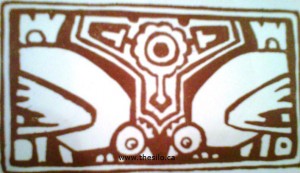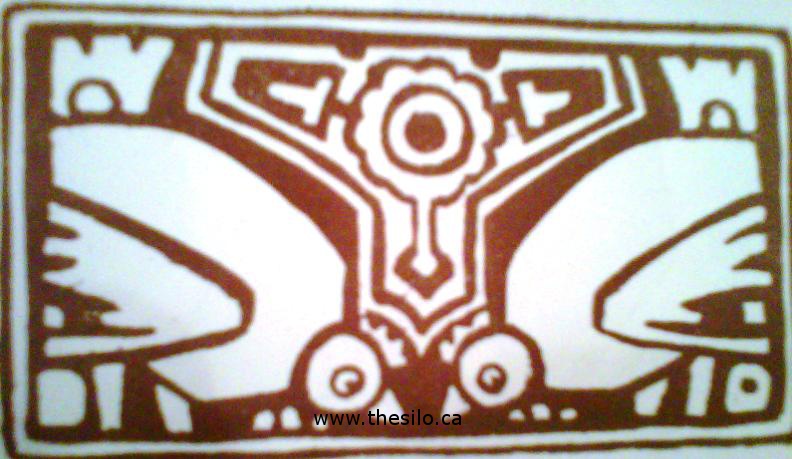
Eva Brook was born in 1867, the year of confederation and, interesting as well, the incorporation of Moosehead Beer. Auspicious beginnings. Her Simcoe family owned The Brook Woollen Mill, and like many privileged children of her time she attended private school. She was fortunate to study art under Frederick Bell Smith, the renowned Canadian-Victorian painter, at Alma College in St. Thomas. Brook would later return to Alma as a teacher, and in fact headed the art department there.
In the 1890’s Eva emigrated to Mexico, where it seems she operated a bookstore, and where she may also have re-connected with her soon-to-be husband A.W. (Will) Donly, who she had known from school. After their marriage in Norfolk, the couple returned to Mexico where Will had taken the post of Canadian Trade Commissioner.
Eva’s skill as an artist continued to develop against the backdrops of her upper-class life in a diplomatic household, as well as the unrest following the 1910 Mexican revolution (though her paintings, as shown, do not reference the violence of that time). She made friends with the archaeologist Zelia Nuttal, who had developed a system for decoding the symbols of pre-Colombian art, and the current exhibition contains ceramics Brook-Donly decorated based on the Nuttal codex, as well pieces from her collection of Aztec pottery and artifacts.
After the Donly’s return to Canada Eva embraced the emerging, modern painting style of Tom Thomson and The Group of Seven, and her work began receiving more attention. In The Review of the Royal Canadian Exhibition, an article which appeared in Canadian Forum, December 1920, she is mentioned alongside Arthur Lismur, Franklin Carmichael and A.Y. Jackson. There are some hilly landscapes in some of her work that appear to directly quote Jackson’s treatment of the same.
It may be hard to fathom now but in 1920 The Group of Seven represented a revolution in Canadian painting, rankling the sensibilities of many established and more naturalistic artists. That Eva was attracted to their work, and understood it, suggests a progressive spirit–that is if picking up and moving to Mexico in the 1890’s was not enough for you. Any doubt will surely be erased by her decision to study with the American artist and designer Ralph Johonnot. His use of colour was vivid and idiosyncratic and his images, as one writer of the time put it, were like “illustrations for a fairy tale.” Brook Donly’s experiments with this style veritably leap out from among her other paintings as if they were sitting under a black light.
The impact of Mexico continued to feature in her art through the 20’s as well. If she picked up an interest in pattern design from Johonnot, she combined it to great effect with Aztec and Maya motifs to create striking, two-colour images for ceramics.
Eva Brook Donly was an early figure of the Simcoe establishment and one of the first members of the Norfolk Historical Society. For the Silo, Chris Dowber.
